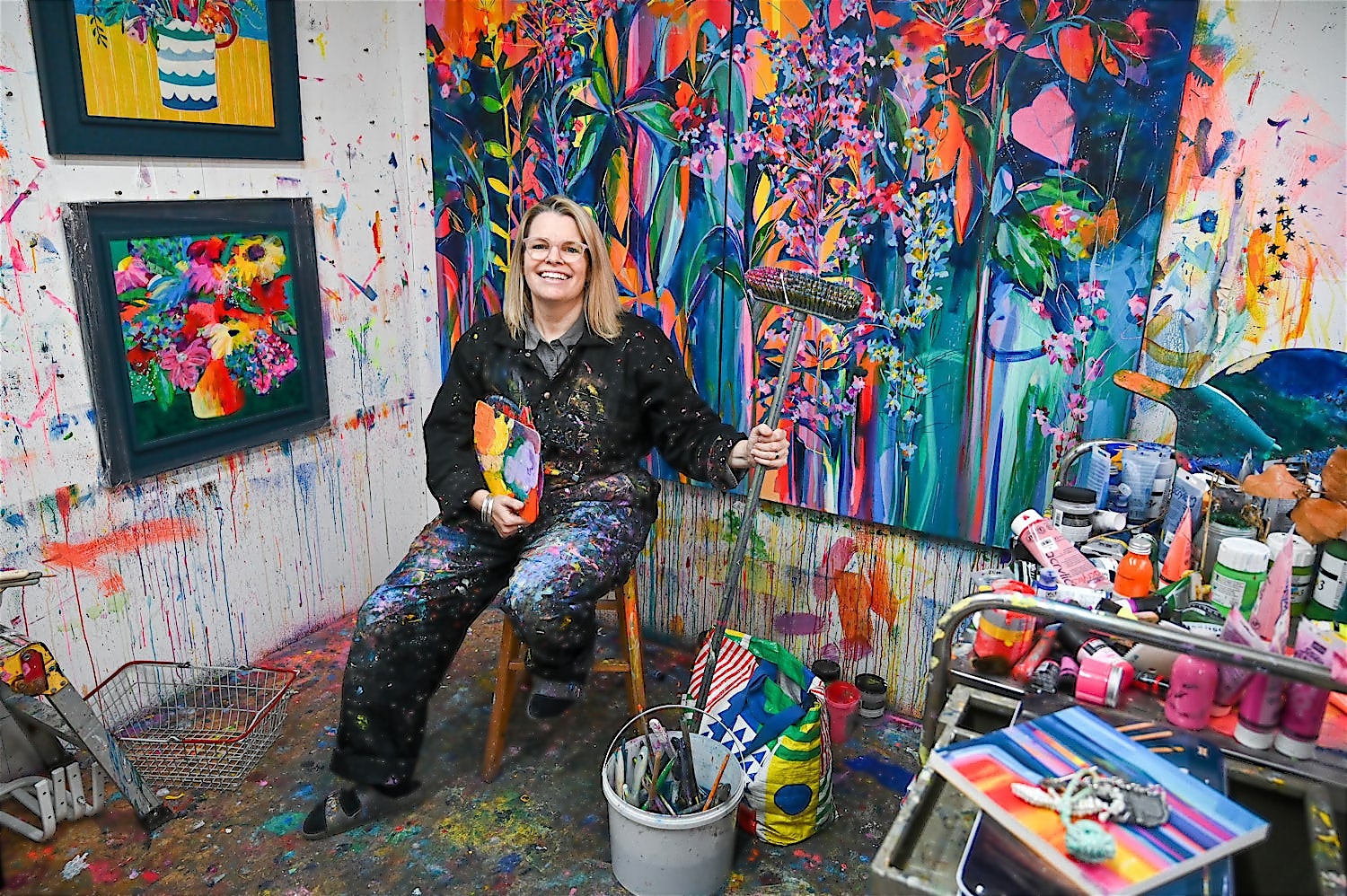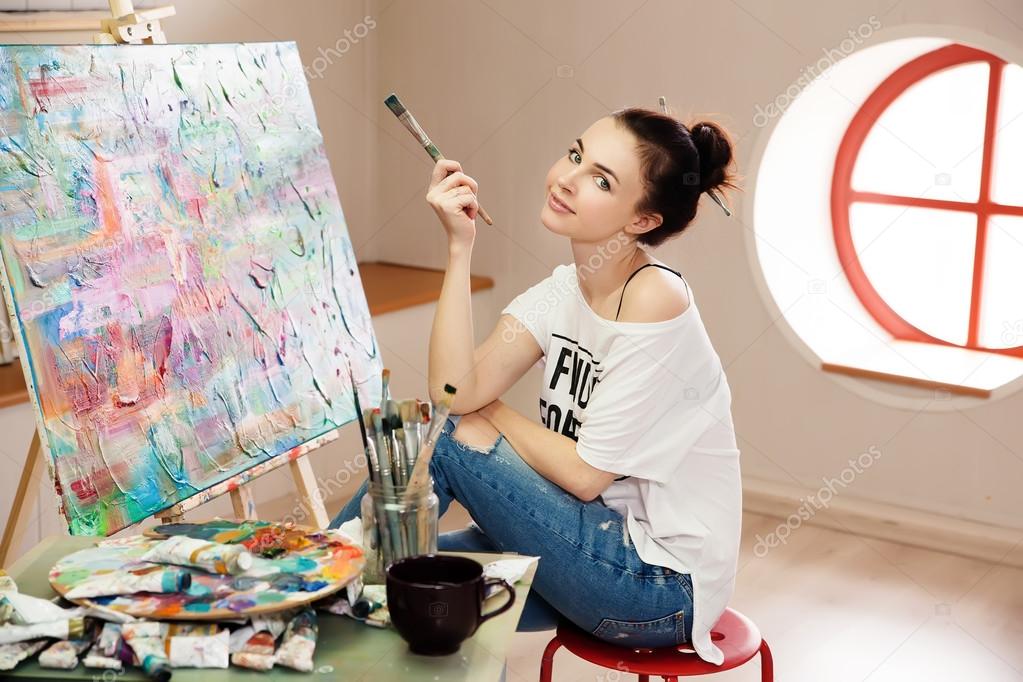Photo-based Painting vs Digital Painting: The Modern Conundrum
As the intersection of art and technology continues to evolve rapidly, the conversation surrounding photo-based painting versus digital painting remains vibrant among professional photographers and artists. This article aims to explore the distinct characteristics of both mediums, providing insights specifically for the professional photography community.

Understanding Photo-based Painting
Photo-based painting represents a traditional art form that merges painting with photographic references. Artists utilize photographs as a foundation, infusing their personal interpretations to create unique works. This technique preserves the tactile experience of traditional painting, establishing a tangible connection between the artist and their canvas.
The Digital Revolution: Exploring Digital Painting
With the arrival of advanced technology, digital painting has emerged as a significant player in the art world. Using software and digital brushes, artists can create stunning artwork that resembles traditional painting techniques. Digital painting not only offers flexibility but also allows for limitless experimentation without the limitations of physical materials.
Advantages and Drawbacks of Each Medium
Each medium presents its own set of strengths and challenges. Traditionalists often argue that photo-based painting exudes authenticity and a visceral experience that digital mediums cannot replicate. Meanwhile, digital painting is praised for its convenience, vast toolkit, and environmentally friendly nature.
Harmonizing Both Mediums in Photography
For professionals in photography, blending these techniques can yield innovative artistic creations. The combination of photo-based painting and digital painting provides photographers the opportunity to produce images that merge traditional authenticity with modern creativity. Photographers seeking to broaden their skills may find that integrating these approaches offers both challenges and rewards.
For further insights about merging these art forms, check out this informative article.
Choosing Between the Two Mediums
The decision between photo-based painting and digital painting is often guided by the artist's aesthetic goals, personal preferences, and specific project needs. For photographers making the transition to painting, this decision will align with their comfort levels and creative visions.
The Role of Professional Photographers
Leading the forefront of artistic innovation, professional photographers possess a unique ability to adapt and evolve. By embracing both photo-based painting and digital painting, they can create works that transcend traditional boundaries, enhancing their creative portfolios.
For deeper insights into how photography influences painting, take a look at this thought-provoking blog post.
Looking Forward
The future of art is brimming with possibilities yet remains unpredictable. As artistic tools evolve, so too will artists' techniques and preferences. Both photo-based painting and digital painting will continue to offer varied avenues for creative expression. The ongoing experimentation and fusion of these methods will ensure the art world remains vibrant and stimulating.
For those interested in painting from photos, here's a comprehensive guide.

FAQ
What are the key differences between photo-based and digital painting?
Photo-based painting utilizes physical materials, delivering a tactile creation process, while digital painting employs software, granting flexibility and editing ease.
Why should photographers consider digital painting?
Digital painting enables photographers to seamlessly experiment, offering an expansive environment for creativity without the limitations of physical materials.
How can I integrate both methods into my photography?
Experiment with both techniques, applying traditional methods for authenticity and digital tools for creative exploration to discover a unique blend that resonates with your artistic vision.
For more on famous artists and the role of emotion in photo-based art, check these links. Also, learn how to stylize your artwork or add artistic elements to your creations.
For an external resource on transforming photos into art, visit PicsArt.

